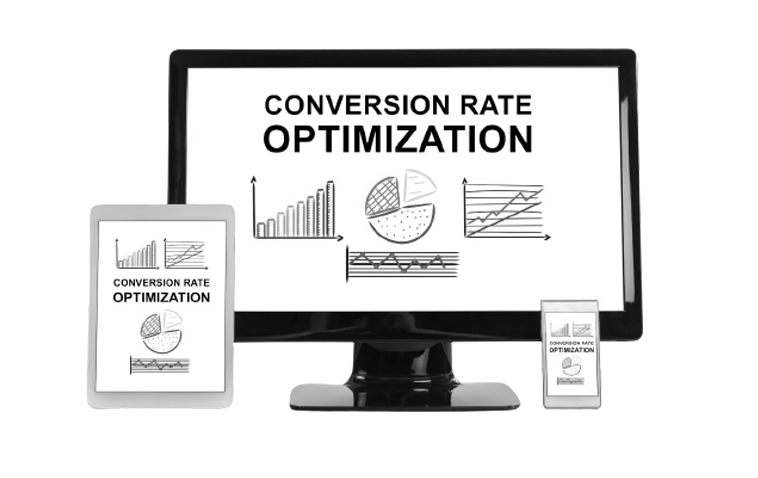A work acquires Copyright from the moment it is created and publication on the Internet never implies the abandonment of any of the rights that the law recognizes to the author over his works. Therefore, free, does not mean no rights . The fact that in a specific website or image service there is no mention of the policy of use or the license to use its images, does not necessarily mean that they can be used freely.
A great way to comply with current regulations and be respectful of authors is to use images that are licensed Creative Commons.
What is the Creative commons?
It is an international non-profit corporation that has created a series of free licenses that authorize the use of a digital work while still protecting it. They are based on 4 conditions that can be combined in 6 different types of licenses. These are: Recognition (Attribution), No comercial (Non commercial), No Derivative Work (Don’t Derive Works) and Share the same (Share alike).
What advantages does it offer?
For creators:
- Establish the limits of use and exploitation of your work on the Internet. It is the best way to tell users what can and cannot be done with your work.
- Share and publicize your work around the world allowing different creative uses and copies, without losing intellectual property. It is a unique way so far to find an audience and build a reputation.
For the users:
- The peace of mind of using free images for your post, web or advertising messages in a legal way and without intermediaries.
- The satisfaction of participating in a common intellectual work creating new works from others.
Where to find images under this license?
Regardless of where you search, it is always necessary to verify that the image is under CC license .
- Creative Commons Search
It is a metasearch engine that offers access to pages with resources under the Creative Common license.
- Flickr
It should be remembered that it is not an image search engine and not all images are royalty free for use. The license for each image depends on what the owner of the image has chosen.
- Picfindr
For results use sites like Morguefile , Dreamstime , Image After , Gimp savvy and many others.
- EveryStockphoto
If an image is used under the CC license in a blog, how to cite an author?
- Use the “alt” tag of the image: In the Qualification of the image, you can put the name of the author of the image (or user) and the page where it was found. The information will be seen when the user hovers over the image. You can also link the photograph to the place where the original is published.
- Caption: Same as what was said for him alt in the previous section, but just below the image.
- Post footer: It is a valid but less obvious way to credit all the photos that have been used for the post . A mention of the type: “The images that appear in this post have been published under a Creative Commons license on user X’s Flickr “ it is more than enough. Including a link to the author’s album or to the specific photo is legally compliant and can even generate some positive feedback from that user towards your blog.












